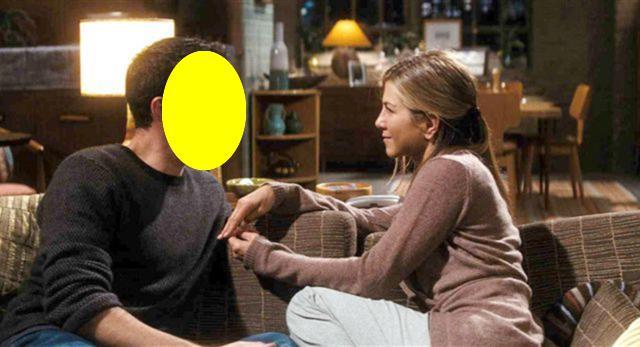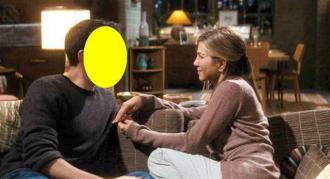Take a look at the picture of ...
Take a look at the picture of the movie scene and guess the name of the person whose face is not visible. Length of words in solution: 3,7Correct answers: 23
The first user who solved this task is H Tav.
#brainteasers #movie #film #cinemania


